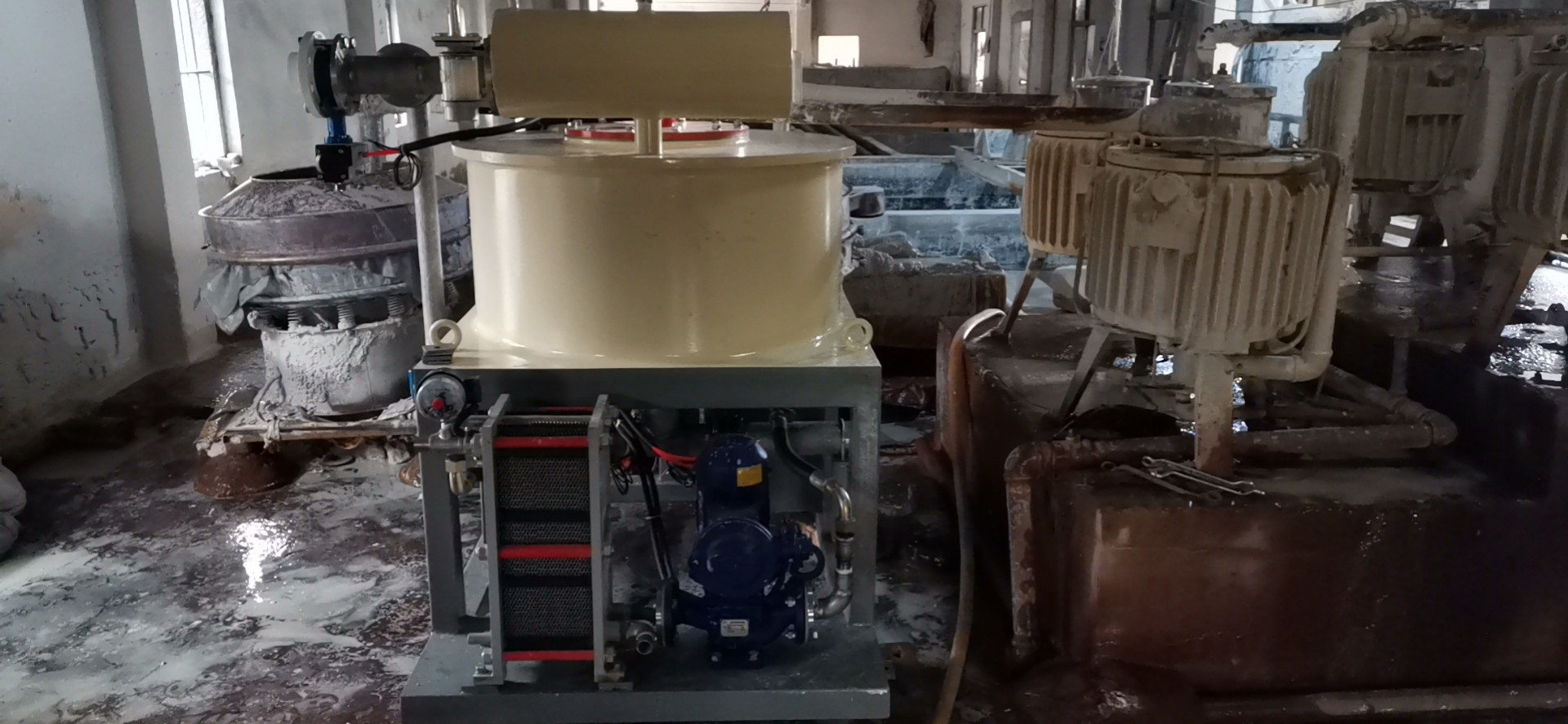|
How to deal with iron problems in the ceramic industry
The current status and development requirements of iron removal in the ceramic industry 1. Building and sanitary ceramics manufacturers are paying more and more attention to the issue of iron removal, and many companies put it on the agenda, and the main leaders personally intervene or are directly in charge of the leaders. The use of iron remover has been continuously expanded, from the original glaze removing iron to the blank material also removing iron. There are more and more products that need to remove iron, including daily-use pottery, sanitary ware, and all kinds of light white glazed wall and floor tiles, polished tiles, etc. The requirement for iron removal is also getting higher and higher. A production line has evolved from the original no iron remover to the installation of one iron remover, to the installation of 3-4 multi-stage tandem iron removers, and the iron suction rod of an iron removal trough has also changed from the original one or two. From ten to two or three hundred, from permanent magnet separator to electromagnetic separator. Investment is getting bigger and bigger. 2. Due to the rapid consumption of mining resources, many companies have been unable to find nearby iron-containing standard raw materials and have no choice but to adopt downstream processing methods and use a large number of iron removers. The iron removal process in one line has reached more than ten As a worker, the cost of removing iron is getting higher and higher. 3. The cleaning methods are all manually selected, and the quality is difficult to guarantee. Usually a set of 100-300 magnetic rods, 1-3 workers per shift, wash one by one in turn, about 1-2 hours, when the raw material contains high iron, often appear around the magnetic rods The pasted iron mud has a thick layer of impurities, and the iron removal effect is significantly reduced. Coupled with the many factors that affect people's emotions, quality management is difficult to control. 4. The quality of permanent magnets on the market is unstable. There are too many manufacturers, too many brands, and many of them are crude and rotten products, using inferior materials, and the ends of the rods are not tightly sealed. After these products flooded the market, the average lifespan of the magnets used by enterprises continued to decline. Secondly, the "nominal" of the B value of the magnets on the market was generally higher, mostly higher than the actual measured value (50%-100%). 5. Dry powder iron removal mostly adopts pumping bucket vibrating cabinet type permanent magnet iron remover and belt drive iron remover, which are mainly used to remove the rust impurity particles infiltrated by the powder during long-distance transportation. The effect is good, and the number of users is increasing. expand. 6. The development and trial time of the electromagnetic iron remover is relatively early, and the response is all right, especially the high-power strong magnetic field is suitable for the use of the electromagnetic slurry iron remover in the ceramic industry for the weak alkaline materials existing in the sorting ore. Electromagnetic slurry separator is a new type of high efficiency magnetic separator. The deionized water is circulated in the hollow copper tube through a circulating pump to take away the heat generated by the energized copper tube. The magnetic induction is high, the internal temperature is small, the working cycle is long, the concentration is wide, and the iron is removed downstream and countercurrent, and the slurry is not wasted with the slurry return valve. Convenient and simple operation and maintenance.
As we all know, the key to the grade of a product lies in its appearance and internal quality, and one of the important factors affecting the appearance and internal quality of ceramic products is the level of iron content in ceramic raw materials. Although the iron element plays a very important role in the coloring process of ceramics, the presence of iron in the white or light-colored blank glaze will seriously affect the appearance, color and finish of the product, especially the whiteness. For example, large iron particles (such as rust) in the raw materials can turn into black, yellow or blue spots after calcination. The fine iron powder can also reduce the whiteness of the brick embryo or the glaze surface under high temperature calcination. The iron in the middle zone can also cause bubbles and pinholes on the glaze. Therefore, the ceramic industry produces white or light-colored glazed tiles, sanitary ware and pure white polished tiles, all of which take iron removal as an important process. |







